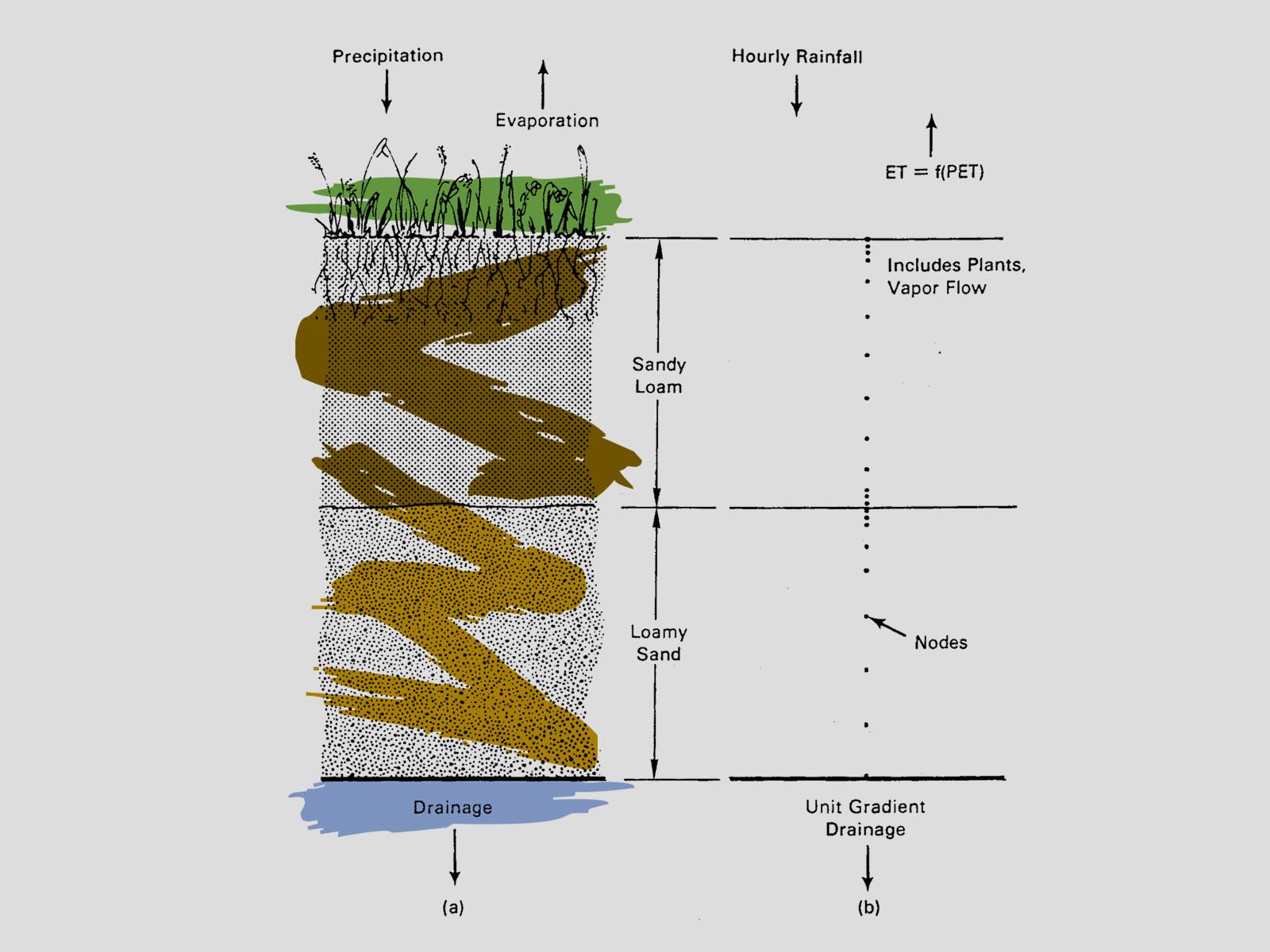UNSAT-H: Unsaturated Soil Water and Heat Flow Model
UNSAT-H: Unsaturated Soil Water and Heat Flow Model
The UNSAT-H computer code is used to understand the movement of water, heat, and vapor in soils so more informed decisions can be made about land use, waste disposal, and climate change.

